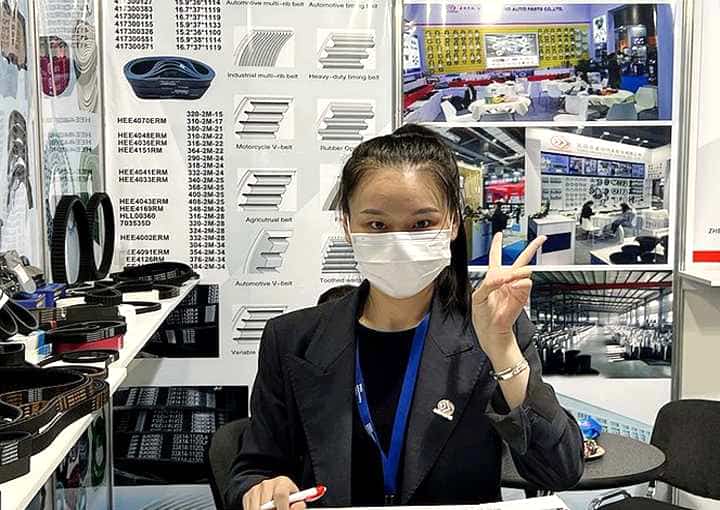After enduring two years of sanctions and constraints, the Russian automobile market is now witnessing the influx of spare parts and consumables crucial for the smooth operation of cars. The options available are diverse, catering to every taste and budget. However, a significant peril accompanies this abundance – the availability of original parts, while extensive, comes with a hefty price tag. These originals often reach the market through third and fourth hands, elevating their cost.
In response to this, an increasing number of Russian drivers, particularly owners of aging foreign cars deemed as “still from those times,” opt for cost-cutting measures by investing in Chinese spare parts from the lower-priced segment. Such drivers, characterized by their preference for the cheapest option, may be making a decision fraught with consequences.
The popular sentiment that “it won’t get any more expensive” is not only shortsighted but also flawed. As prices fluctuate, the perceived affordability may transform into a considerable investment. Thus, the owner of a seemingly mundane vehicle should be cautious in dismissing the potential increase in its value.
Consider the price disparity between the most affordable Chinese oil filter (priced at 110 rubles) and the original Mitsubishi filter (valued at 550 rubles) – a staggering 500%. While the cheaper alternative may seem appealing for models like the Lancer, old Outlander, and various Korean cars, it raises concerns about compromising quality for the sake of saving money.
Choosing the economical route may lead to unforeseen complications, especially during winter. As temperatures plummet, drivers rely on warming up the engine, heating the interior, and accelerating through snow-covered terrains. Inevitably, the vehicle demands more care and attention to withstand the challenges posed by the weather.
The consequences of opting for substandard Chinese filters become evident when the oil can indicator illuminates on the dashboard. In the best-case scenario, the driver promptly addresses the issue, halting the vehicle before catastrophic damage occurs. However, in a more severe situation, where the warning goes unnoticed or ignored, the engine faces the risk of a complete breakdown.
The “oiler” warning light signals a decrease in oil levels before reaching a critical point. Addressing this issue involves searching for oil, identifying a substantial stain on the engine protection, arranging for a tow truck to a service center, and replacing all necessary components. While this scenario incurs costs upwards of 20-25 thousand rubles and a day of inconvenience, the worst-case scenario involves a catastrophic engine failure, demanding a hefty repair bill starting at 120,000 rubles.
In essence, the seemingly insignificant choice of a substandard Chinese filter can result in expensive and nerve-wracking consequences, emphasizing the importance of prioritizing quality over immediate cost savings. Ultimately, responsibility lies with the consumer who makes the purchasing decision, and awareness of potential pitfalls is crucial to preserving the longevity of their vehicle.

